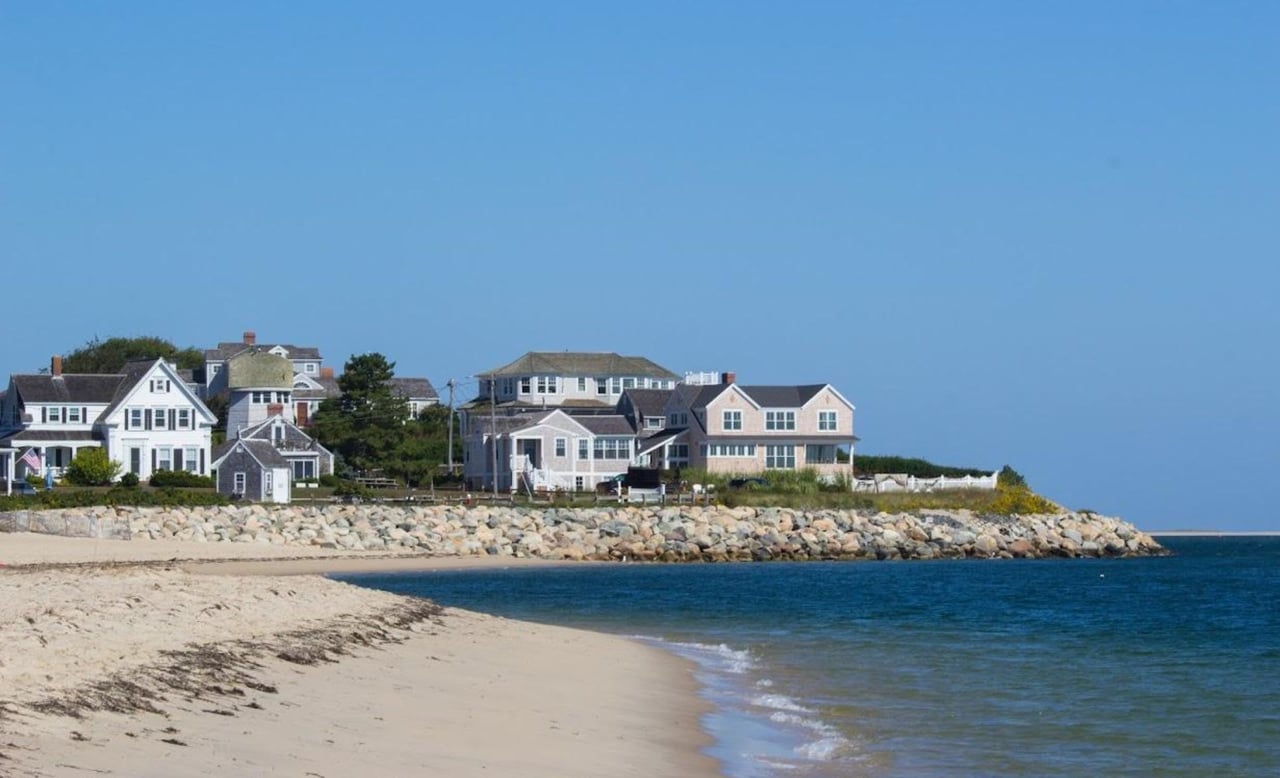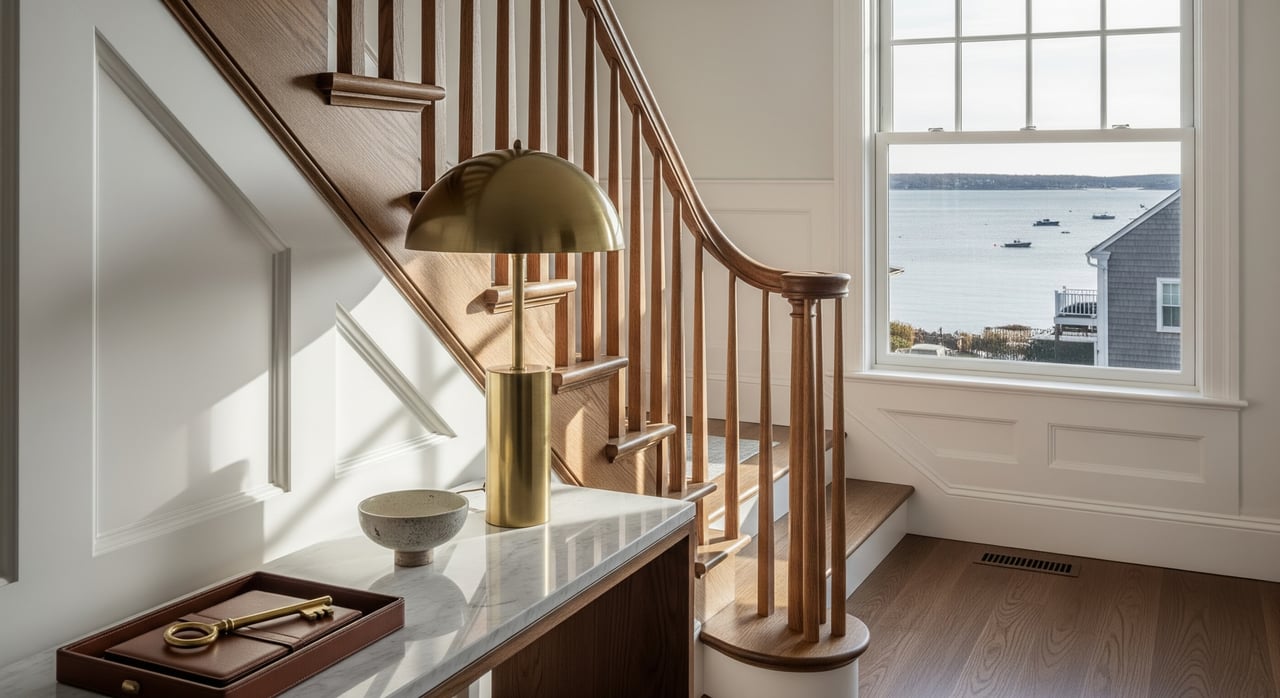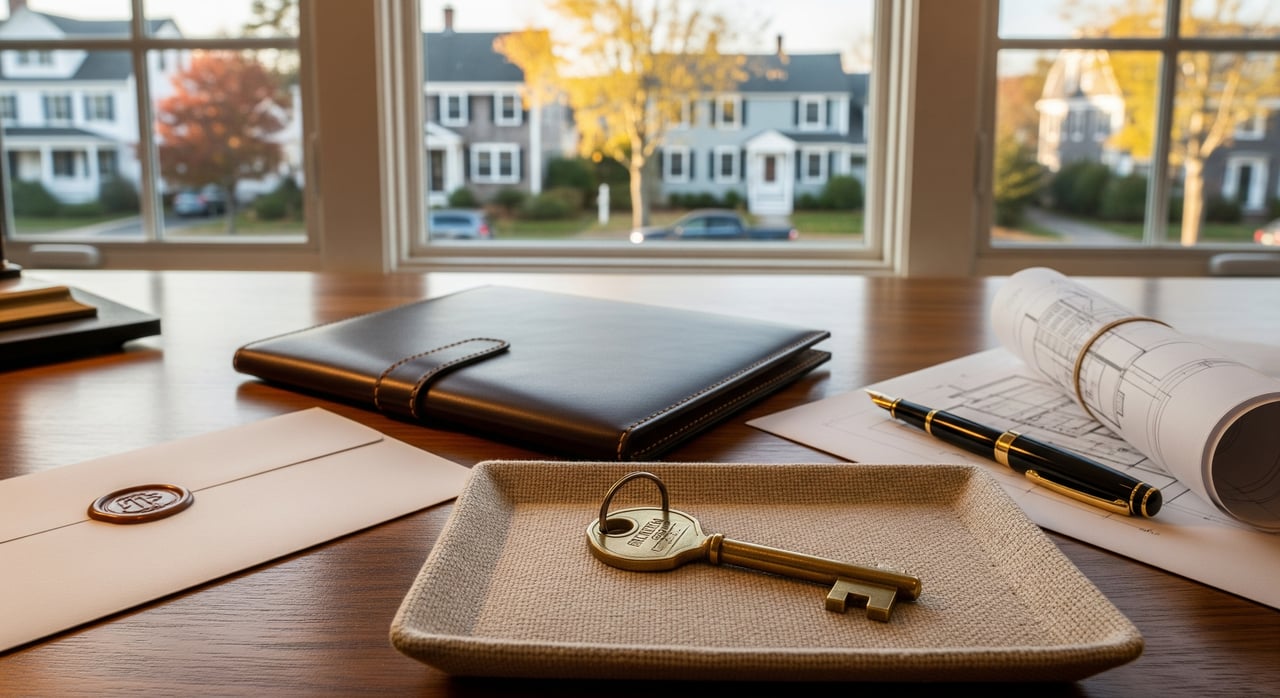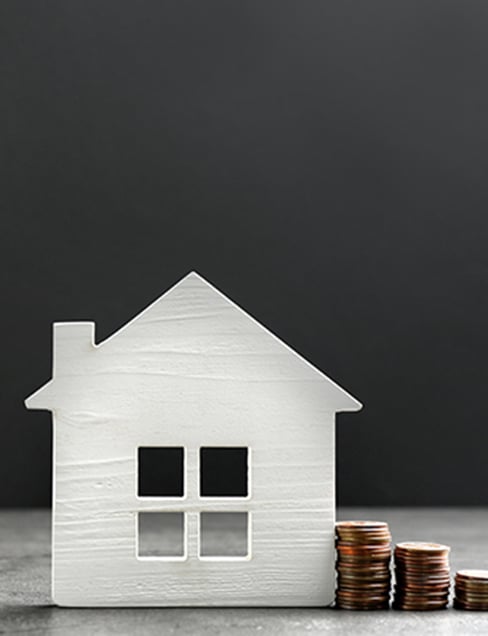The suburban enclave of Barrington, Rhode Island, has long proven an idyllic destination for luxury home seekers. Including Bristol and Warren, Barrington is part of the East Bay's bucolic collection of waterfront communities. Situated 20 minutes southeast of Providence — the closest of the three towns to the capital city — the affluent town of just over 17,000 is notable for its waterfront, architecture, and history that stretches back to the days of the earliest New England colonists.
An evolving marketplace
Barrington is considered the best place to live and raise a family in Rhode Island and among New England's most desirable communities to call home. Such accolades, paired with Barrington's strategic location and pristine semi-rural waterfront landscapes, have transformed it into an unparalleled marketplace for residential luxury real estate. And even in difficult times, it remains a lucrative market.
Barrington real estate market prices
For July 2023, the median sale price for a single-family home in Barrington was $610,000, a 10.6% decrease year-over-year. Overall, 34 homes sold for the month, representing an 88.9% increase from last year. Perhaps the biggest item of note is that home prices in Barrington are still significantly higher than the state’s national average, which sat at $450,000 in August 2023.
Heading into the latter half of the year, overall home sales are slowing, though one can expect to see fluctuations in month-to-month and year-over-year numbers as the market enters uncharted territory.
Barrington real estate trends
Interest rates will dictate the overall trajectory of the market as long as they remain at their current elevated levels. But the problem is actually two-fold, and in a luxury marketplace such as Barrington, where long-term ownership is the rule and not the exception, it's creating a unique situation and an even tighter market than the rest of Rhode Island.
For mid-September, the current 30-year fixed-rate mortgage is at 7.80%. The 15-year fixed rate is 6.51%. While both reflect a slight dip over the past few weeks, the numbers remain at 20-year highs.
These interest rates have forced buyers into a more methodical and cautious mode of home shopping. While home prices are showing some signs of decreasing, it's not enough to offset mortgage rates that are nearly three times the level of what they were just a couple of years ago. There remains plenty of uncertainty as to whether we're nearing a peak or if rates will continue on an upward trajectory.
The second concern is supply. One of the primary drivers of the pandemic-era housing market and why home prices increased as quickly as they did over the past several years is inventory. Or, rather, a lack thereof. However, in something of an ironic twist, the historically low mortgage rates that once fueled the home-buying frenzy are now seemingly locking buyers out of the market.
More and more, sellers who might otherwise be listing homes for sale, whether out of a need to move or make good on investment, are holding onto properties for fear of giving up their historical 3% and sub-3% mortgage rates. The result is a market devoid of meaningful inventory.





